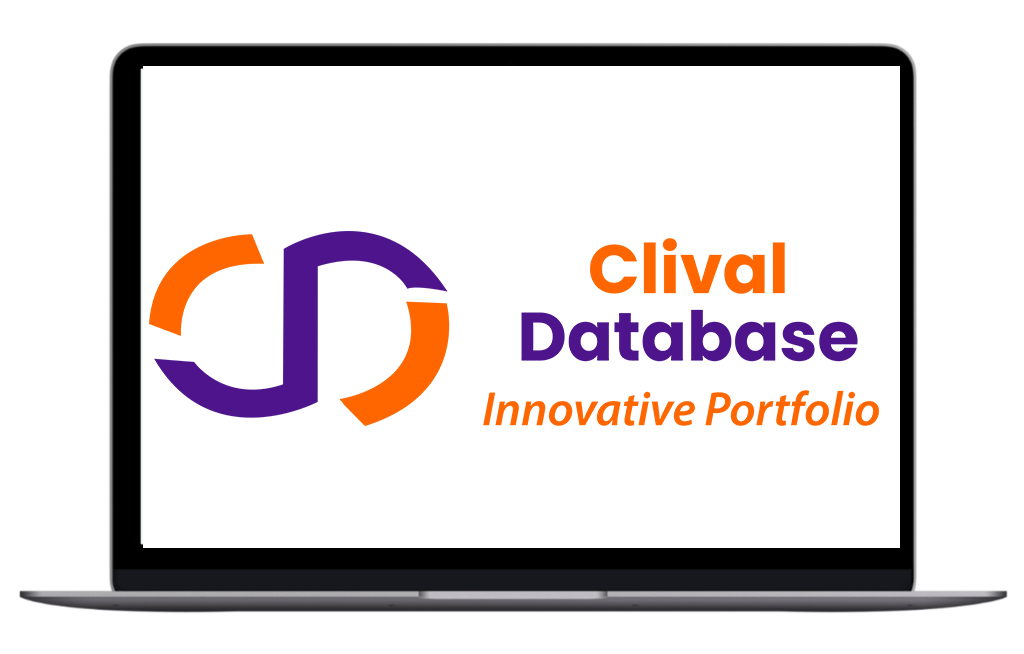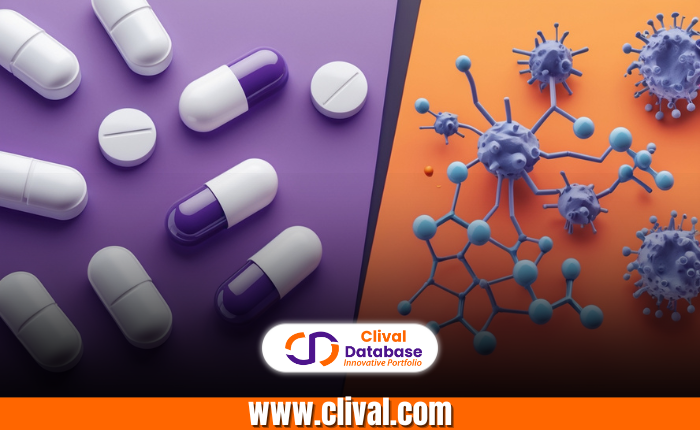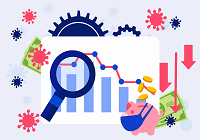Key Differences between Biosimilars and Generics
Okay, straight up: generics save a ton of money. In the U.S. they cut healthcare bills by $300B+ a year. Biosimilars aren’t small potatoes either — the global market is projected to hit about $133B by 2030.
But here’s the annoying part: people mix them up. Generics and biosimilars both make drugs cheaper, but they behave very differently after a patent dies. Confusing the two will cost you—whether you run procurement, hunt licensing deals, or manage an investor portfolio.
This post will make it simple. We’ll show what each one is, why the difference matters for patent cliffs, supply, and BD strategy, and what moves you should be watching right now.
Generics vs Biosimilars : Side by Side Comparison
|
Feature |
Generic Medicine |
Biosimilar Medicine |
|
Type of Drug |
Small-molecule, chemical |
Biologic, large, complex, cell-based |
|
Example |
Paracetamol, Ibuprofen |
Insulin, Humira, Herceptin |
|
Manufacturing |
Chemical synthesis |
Living cells (biotechnology) |
|
Similarity |
Identical copy |
Highly similar, not identical |
|
Approval |
Must show bioequivalence |
Must show similarity via detailed studies |
|
Development Cost |
Low |
High |
|
Price |
80-90% cheaper than branded drug |
20-40% cheaper than biologic |
|
Substitution |
Automation by pharmacists |
Depends on regulation |
|
Complexity |
Similar, predicatable |
Complex, process-sensitive |
What Are Generic Medicines?
Generics are basically the copycats of the drug world. They’re small-molecule medicines made the same way as the original, chemically, so they can be identical.
Companies don’t have to reinvent the wheel; they just prove the copy works the same in the body (that’s called bioequivalence). Because the recipe is straightforward, generics are cheap and quick to make compared with biologics.
From a practical, no-nonsense view:
- Procurement: Be ready for a stampede. When a patent falls, several generic makers show up at once, and supply can be messy.
- Investors: Watch margins. Big sales can evaporate fast when cheap copies flood the market.
- Business development: Think fast — authorized generics or early licensing deals are ways to soften the hit.
Keep it simple: generics are fast, cheap, and disruptive — and you should plan like they’re coming tomorrow.

What Are Biosimilars? (and Why They’re Different)
Alright, biosimilars are not generics. Simple fact. Biosimilars are copies of big, messy biologic drugs that are grown in living cells (yeast, bacteria, mammalian cells). They look like the original drug on paper, but they’re never exact clones.
Tiny changes in the cell line or the production process can make them slightly different — and because of that, the rules are tougher.
- Made from cells, not chemistry. Biologics are manufactured in living systems; small changes matter.
- You must prove similarity. Regulators require clinical data and immunogenicity checks — you can’t just show a lab test.
- Slower and pricier to make. Development costs are high and timelines are longer than for generics.
Why that matters (no fluff)
- Adoption is slower. Doctors are cautious because immune reactions can happen.
- Fewer companies can compete — manufacturing is the moat.
- When a biologic loses exclusivity, prices fall — but not as fast or as deep as for small-molecule generics.
Clival Database quick tip: Track clinical comparability studies and immunogenicity signals, those filings are the earliest, loudest signs that a biosimilar is getting real. If you want, Clival Database can run a biosimilar-watchlist for target biologics so you see entrants before headlines hit.
Read Article: 15 Biologics are Going off Patent (2025–2029)
Cost & Market Impact of Biosimilars and Generics
Generics are brutal on price. Once they hit the market, costs can crash by up to 90%. That’s why your $100 pill suddenly costs $10. It’s fast, it’s ugly, and it turns blockbuster drugs into everyday commodities almost overnight.
Biosimilars play a slower game. They usually shave off 20–40% from the branded biologic price. Not as dramatic, but still billions in savings when you’re talking about expensive drugs like Humira or insulin. The catch? Fewer players can make biosimilars because the science and manufacturing are complex.
For business development, the lesson is simple:
- Generics = crowded battlefield. Margins collapse fast, survival depends on scale.
- Biosimilars = higher-value deals. Fewer competitors, bigger licensing and co-development opportunities.
Cheap isn’t just cheap — it’s a signal of where the real opportunities (or risks) lie.
Substitution Rules & Market Adoption
Generics are simple. Once approved, pharmacists can usually swap a branded drug with a generic automatically. No extra paperwork, no delays. That’s why generic adoption happens almost overnight—and why prices collapse so fast.
Biosimilars are different. In the U.S., pharmacists can only substitute if the FDA grants “interchangeable” status. In Europe, adoption is smoother because regulators encourage switching. In India, substitution depends on individual policies and local practice.
Here’s the takeaway:
- Generics = instant uptake. Quick adoption, quick price crash.
- Biosimilars = slower build. Adoption depends on regulation, education, and payer agreements.
For strategy, this means procurement and BD teams need to watch substitution rules closely. They decide whether a market changes overnight—or takes years.
Conclusion
Generics and biosimilars both lower costs, but they’re not the same beast. Generics are cheap copies that crash markets fast. Biosimilars are complex lookalikes that take longer to spread but carry bigger strategic upside.
If you’re in pharma, you can’t afford to mix them up. Here’s your quick checklist:
- Run biosimilar watchlists in Clival to see who’s building what.
- Track generic entry timelines so you’re not surprised by price cliffs.
- Build early licensing partnerships before competitors lock them down.
- Secure API suppliers to avoid supply shocks once competition heats up.
Want the edge? Book a Clival Demo and see how fast you can scan competitors, licensing plays, and market shifts, before they hit your bottom line.
Frequently Asked Questions

Optimize Your trial insights with Clival Database.
Are you exhausted from the uncertainty of trial insights pricing? Clival Database ensures the clarity in the midst of the global scenario for clinical trials to you.Clival Database is one of the best databases that offers an outstanding number of clinical trial data in terms of 50,000+ molecules and from primary regulatory markets as well as new entrants like Indian and Chinese markets.
Elevate your trial success rate with the cutting-edge insights from Clival database.
Check it out today and make more informed sourcing decisions! Learn More!







